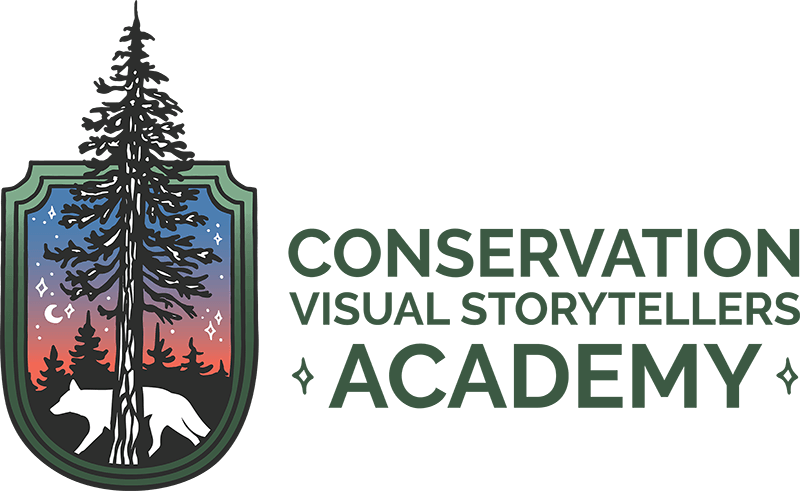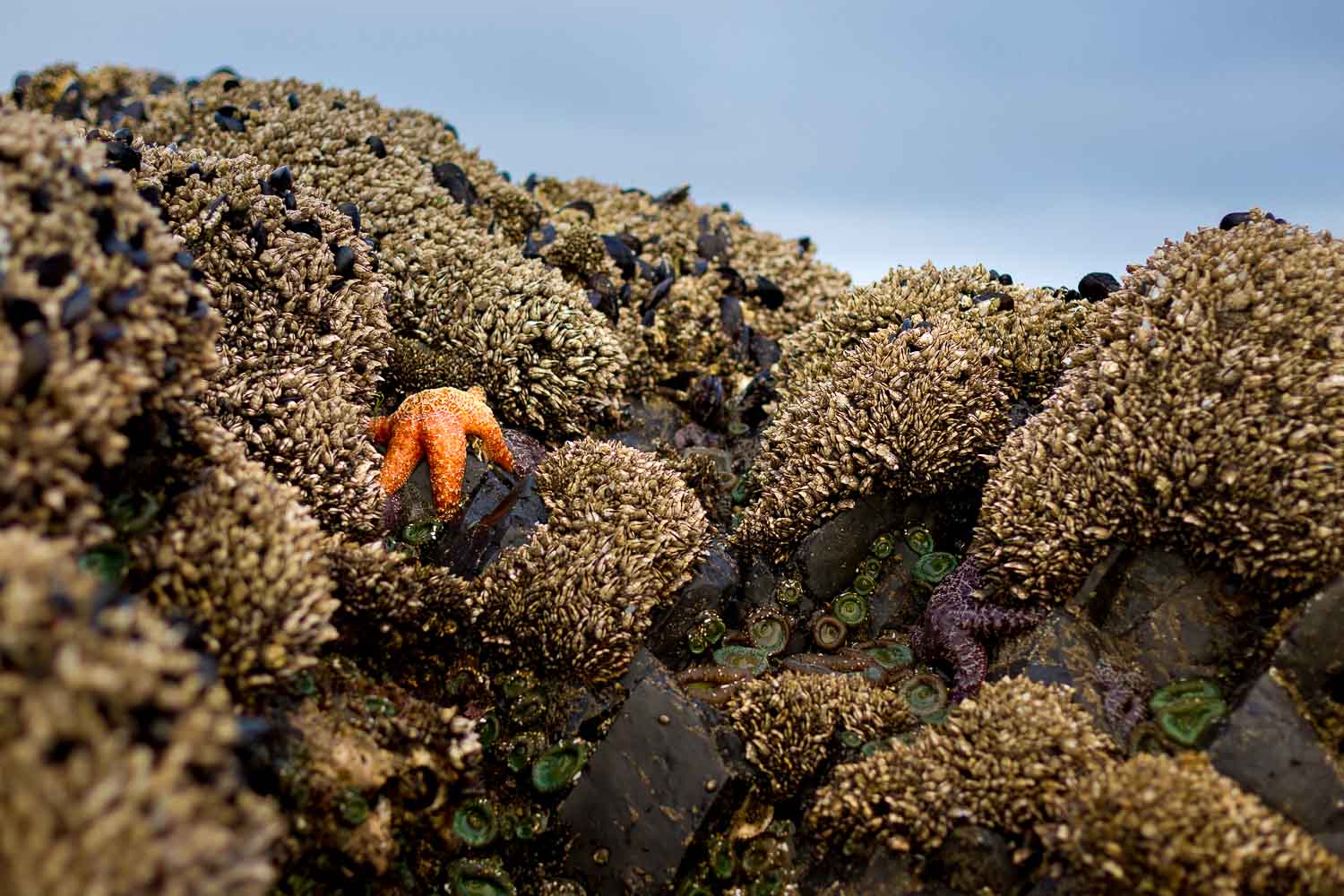Overwhelmed by all you want (and need) to learn to become a better photographer? Zero in on just these 5 things and you’ll see lightning-speed improvement in the images you’re creating.
Make the most of your practice time
Learn tips on how to think more objectively about composition, experiment with different styles, and get portfolio reviews.
Becoming a skilled photographer is all about enjoying the creative journey so we put an emphasis on practice, playfulness, and having fun as fundamental elements for improving your photography skills.
1. Master the Exposure Triangle
When you’re new to photography, the buttons, settings, and options on your camera can be overwhelming. But if you really want to improve your images, getting out of auto mode and understanding the exposure triangle is crucial. The exposure triangle consists of three elements: aperture, shutter speed, and ISO.
Aperture
Think of aperture as your camera’s pupil. It controls how much light hits the sensor and affects the depth of field. Here’s a more detailed breakdown:
- Wide Aperture (Low f-stop, like f/1.8): More light enters the camera, resulting in a shallow depth of field. This is great for portraits, where you want your subject in sharp focus with a beautifully blurred background.
- Narrow Aperture (High f-stop, like f/16): Less light enters the camera, resulting in a deeper depth of field. This is ideal for landscapes, where you want everything from the foreground to the background in sharp focus.
Shutter Speed
This is like your camera’s eyelid. It controls how long the sensor is exposed to light.
- Fast Shutter Speed (like 1/1000): Freezes motion. Perfect for action shots, such as wildlife or sports photography.
- Slow Shutter Speed (like 1/30): Captures motion blur, which can be used creatively to show movement, like flowing water in a stream or light trails from moving cars at night.
ISO
ISO is akin to your camera’s sensitivity to light.
- Low ISO (like 100): Less sensitive to light, resulting in finer grain and less noise. Ideal for bright conditions.
- High ISO (like 3200): More sensitive to light, introducing more grain and noise. Useful in low-light situations but should be used cautiously to avoid overly grainy images.
By mastering these three elements, you’ll have full control over your camera and be able to make images that match your creative vision.
Capturing amazing wildlife photos requires not only passion and skill but also the right equipment.
This guide breaks down the best options so you can find the perfect camera for your specific needs, whether you're a beginner or pro.
2. Focus on Sharp Focus
Blurry photos can be a major frustration. Achieving sharp focus is essential for improving your images. Here are a few tips:
Shutter Speed
Ensure your shutter speed is fast enough to eliminate motion blur, especially with moving subjects. A good rule of thumb is to use a shutter speed that is at least the reciprocal of your focal length (e.g., for a 200mm lens, use a shutter speed of 1/200 or faster).
Autofocus Points
Use the correct autofocus settings and points to ensure your subject is in focus.
- Single Point AF: Ideal for precise focusing, such as on the eyes in a portrait.
- Dynamic Area AF: Useful for moving subjects, where the camera can use surrounding points to help maintain focus.
- 3D Tracking: Great for erratic movement, like in wildlife photography, as it allows the camera to track the subject across the frame.
Stability
Use a tripod or stabilize your camera on a solid surface to prevent camera shake. For handheld shots, consider using image stabilization (if your lens or camera has it) and practice good hand-holding techniques, like tucking your elbows in and gently pressing the shutter button.
Fine-Tuning Focus
For critical focus, especially in macro or portrait photography, consider using manual focus with focus peaking (if your camera supports it) or magnifying the live view to ensure sharpness.
Experiment with different settings and get to know your camera’s focus capabilities. Sharp focus can turn a good photo into a great one.
3. Think Objectively About Composition
Composition is king in photography. Even if you have the best technical settings, a poorly composed image can fall flat. Here’s how to improve your composition:
Rule of Thirds
Divide your frame into a 3×3 grid and place your subject along these lines or at their intersections. This creates a balanced and visually appealing image. Most cameras have a grid overlay option to help you compose using the rule of thirds.
Leading Lines
Use natural lines in your environment to guide the viewer’s eye towards your subject. Roads, rivers, fences, and even shadows can serve as leading lines. This technique adds depth and directs attention to the main subject.
Framing
Use elements in your scene to frame your subject. Natural frames like archways, tree branches, or windows can add context and focus attention.
Negative Space
Don’t be afraid to leave empty space around your subject. Negative space can add simplicity and draw more attention to your main subject. It also helps create a sense of scale and isolation.
Background Control
Ensure there are no distracting elements in the background that take attention away from your subject. A clean, simple background often works best. When shooting portraits, use a wide aperture to blur the background.
Portfolio Reviews
Seek feedback from other photographers, mentors, or even friends and family. Constructive criticism can provide new perspectives and help you see your work objectively. Join photography groups, attend workshops, or participate in online forums to get diverse opinions.
4. Experiment with Style – One at a Time
Photography offers endless styles and techniques, and it’s tempting to try them all at once. But to improve quickly, focus on one style at a time. Whether it’s black and white, macro, portrait, or landscape photography, immerse yourself fully.
Black and White
Focus on patterns, textures, and light contrast. Black and white photography can bring a timeless quality to your images. Pay attention to how light and shadow interact, and experiment with high contrast scenes for dramatic effects.
Macro
Dive into the details. Macro photography requires patience and precision, revealing the intricate beauty of small subjects. Use a macro lens or extension tubes, and consider using a tripod for stability. Experiment with different lighting setups, like ring lights or diffusers, to highlight tiny details.
Portrait
Work on capturing emotions and expressions. Experiment with different lighting techniques, such as Rembrandt lighting or butterfly lighting, to create mood and depth. Engage with your subject to bring out genuine expressions and emotions.
Landscape
Play with wide angles and depth of field. Landscape photography can be incredibly rewarding as you capture the vastness and beauty of nature. Use a tripod, experiment with different times of day, and consider using neutral density filters for long exposures.
By focusing on one style at a time, you’ll develop a deeper understanding and appreciation for that genre, improving your overall skills.
5. Get Portfolio Reviews and Embrace Feedback
Improvement often comes from outside perspectives. Don’t shy away from getting your work reviewed by others. Choose reviewers who will provide honest and constructive feedback. Here’s why it’s beneficial:
New Perspectives
Others may see things you’ve overlooked. They can provide insights into areas where you can improve or suggest techniques you might not have considered.
Objective Insights
Feedback can help you see your work from an objective viewpoint, crucial for growth. It’s easy to get attached to our own work, but fresh eyes can highlight strengths and weaknesses.
Encouragement
Constructive criticism isn’t just about what you can improve; it also highlights your strengths. Positive feedback can boost your confidence and motivate you to keep shooting.
Continuous Improvement
Regularly seeking feedback helps you stay on the path of continuous improvement. It’s not a one-time thing; make it a habit to periodically get your portfolio reviewed.
Choosing Reviewers
Select reviewers whose work you admire and who can offer the type of feedback you need. This could be experienced photographers, mentors, or even online communities. Be open to different opinions and learn from each critique.
Wrap-Up
Photography is a journey of constant learning and experimentation. But in the beginning, you can kick off a quick improvement by mastering the exposure triangle, focusing on sharpness, thinking objectively about composition, experimenting with styles one at a time, and embracing feedback.
So grab your camera, head outside, and start practicing. Happy shooting!













